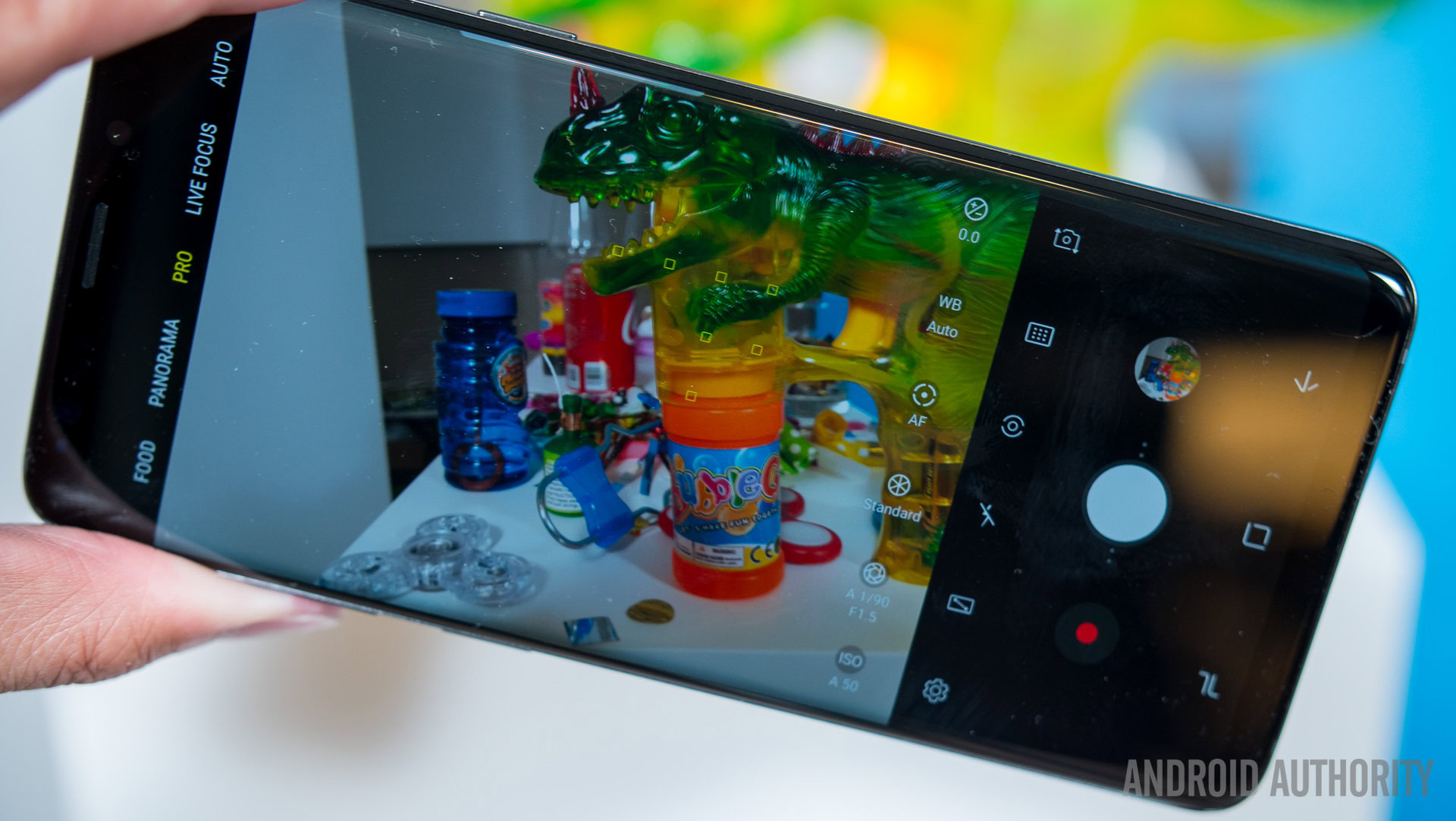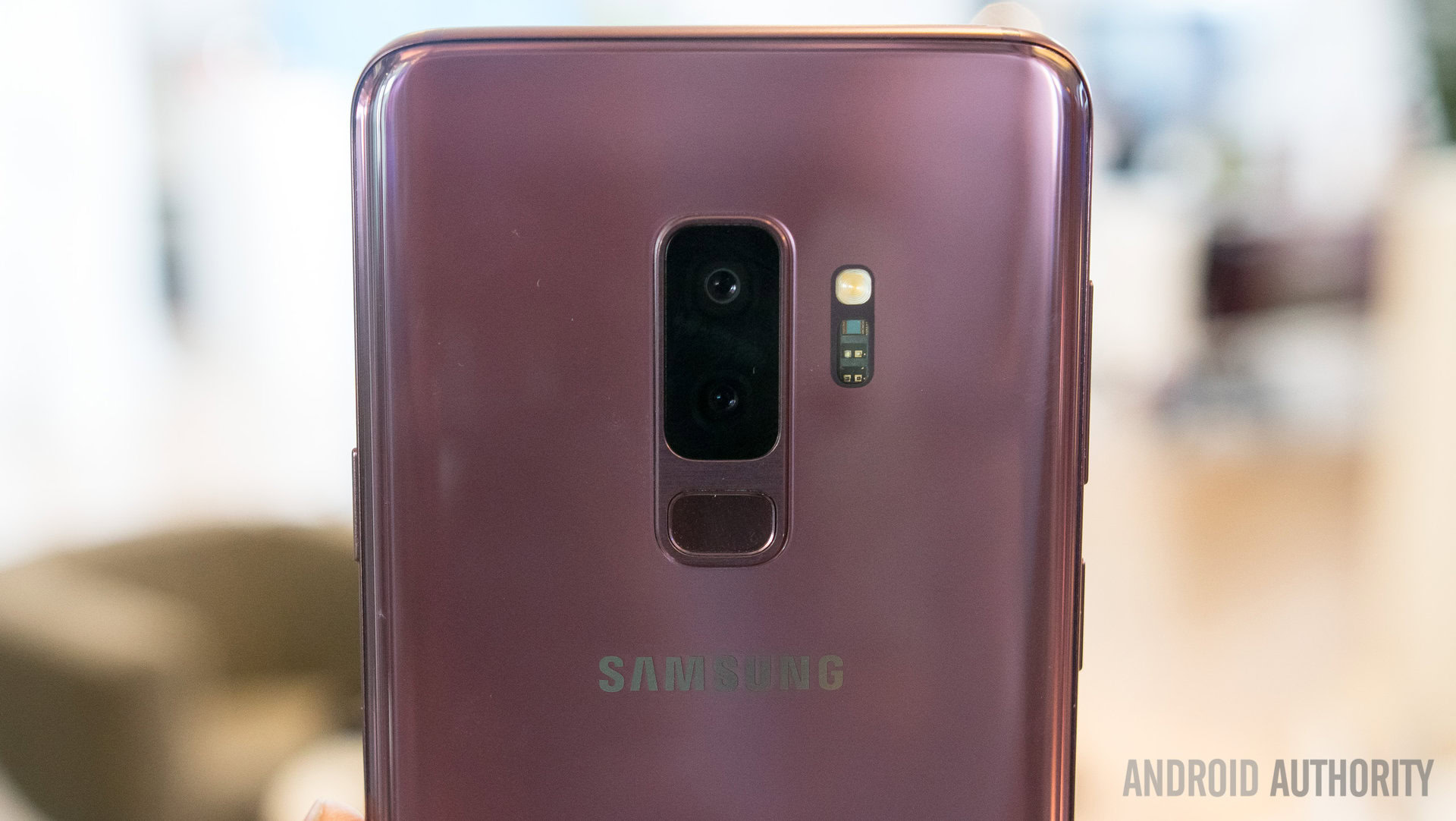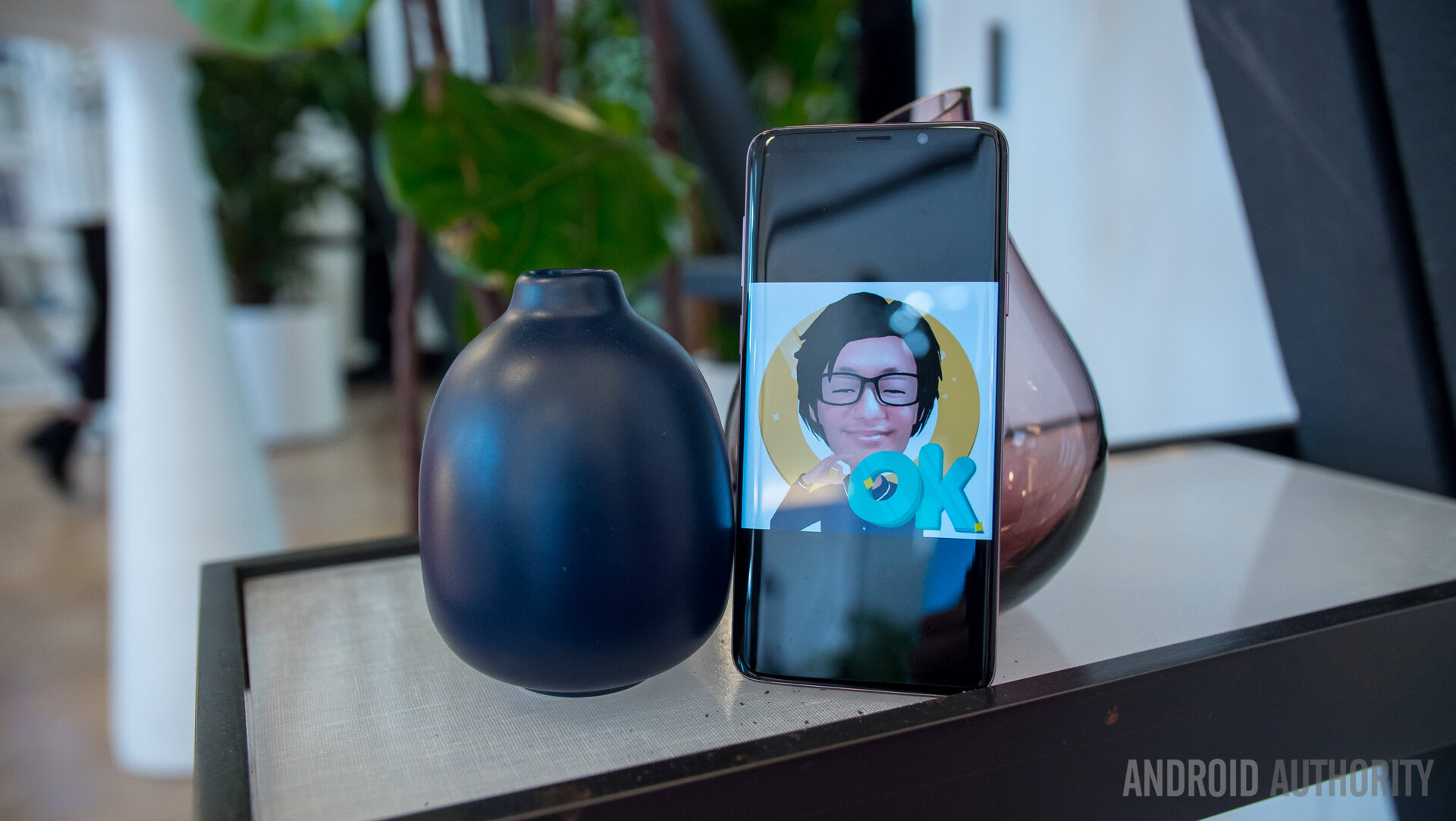Affiliate links on Android Authority may earn us a commission. Learn more.
Samsung Galaxy S9: First camera samples

The Samsung Galaxy S9 and S9 Plus have just been announced and are rushing to the market in less than three weeks. You don’t have much time to decide, so we’ve spent some intimate time with the device’s camera, as that’s where some of the biggest changes and improvements are.
The camera is a really important part of any flagship, so let’s take a look at how this one stacks up.
Photo improvements
A new image sensor processor
The Samsung Galaxy S9 and S9 Plus come with a new image sensor processor to help with multi-frame image processing.
The processor reduces noise by taking 12 photos at once. It then batches these into groups of four, grabbing all the details it can and keeping one composite from each group. The system takes the three composite images and does the same process to get one final, improved result. This usually means better exposure and less noise.
Mechanical aperture

This could be Samsung’s (and the industry’s) breakthrough improvement of the year. The cameras in the Galaxy S9 and S9 Plus both have a mechanical aperture, something never before seen in a flagship phone.
Photo exposure is composed of three factors: ISO (sensor sensitivity), shutter speed (how long the sensor is exposed to light) and aperture (how open the diaphragm that lets light into the sensor is). Each of these has an effect on the final result. Higher ISOs make noisier images, slower shutter speeds result in more motion blur and wider apertures minimize depth of field.
See also: Samsung Galaxy S9 vs Galaxy S8 | Samsung Galaxy S9 vs Note 8
Most smartphones can control ISO and shutter speed, but aperture is typically static. The new Samsung Galaxy S9 devices break away that by introducing what the company calls a “dual aperture.”
While you won’t get the range of aperture options in a regular camera, there will be two choices: f/1.5 and f/2.4. This means the ISO doesn’t always need to be higher (or the shutter speed lower) in darker environments. Alternatively, you can opt for f/2.4 when you need a wider area in focus or if a lot of light.
You can’t pick any other apertures, but even the addition of a mechanical aperture to a smartphone could move camera design standards forward. We need to make more tests to see if there is a significant advantage, but this definitely feels like a step in the right direction.
Samples
As we can see in the images above, Samsung has done a good job keeping noise levels down. That’s not to say the images are noise-less, though. There is some digital noise if you zoom in, as these photos were taken in a room with medium light intensity.
Noise is mostly noticeable when looking at the selfie and the photo of the Coke can. It’s still minimal, which means the new technology included in these smartphones looks promising. We won’t know for sure how great at reducing grain it is until we do a true comparison and controlled tests, though.
The photo of the lamp also shows good dynamic range. The light bulbs are detailed, as are their surroundings, and the darker areas are not completely under-exposed.
Images with plenty of color show great contrast and vibrant hues when in decent lighting.
As usual, images with plenty of color show great contrast and vibrant hues when in decent lighting.
These pictures are great, but so were the S8’s and the S7’s and those of many other high-end phone cameras. We are not passing judgement just yet, as that requires deeper testing. We can see an improvement in noise reduction, though, which is this camera’s biggest promise.
For now, we just wanted to share some shots to give you an idea of what’s coming with the S9 and S9 Plus.
Super slow motion
The Samsung Galaxy S9 uses DRAM on the sensor, which means the camera can capture 4 times as many images at 4 times the speed. This results in slow motion clips that go well beyond the 240 fps mark. The Samsung Galaxy S9 can capture videos at a stunning 960 fps (in 720p).
Sometimes it’s hard to tell exactly when you want to take a slow-mo clip, but the S9 has auto detection to decide for you. You don’t need to worry about when to record, you just need to be recording and the device will capture those important clips for you. It can then save videos and shareable gifs for you, with effects like loop and reverse.
The app can also automatically add background music, which can be customized later. Check this out!
Sample
AR Emoji
Then there’s AR Emoji, a new feature many of you will love. The option is in the top bar of the camera app and it essentially takes a picture of your face, analyzes it, and allows for customization.

There are two types of AR Emoji: life-like and cartoon-like. Customization capabilities include modifying hair, skin tone, clothes, and accessories (such as glasses). After saving, 18 GIFs will be saved to your gallery and keyboard, making it simple to share through any app.
In addition, you can take shots and record video in AR Emoji mode. Here are some samples.
Samples
Liking what the Samsung Galaxy S9 camera can do? You haven’t seen much yet. We will get working on our reviews, camera tests, and other content, so stay tuned to Android Authority for more details on Samsung’s new handsets and hit the comments to give us your two cents!